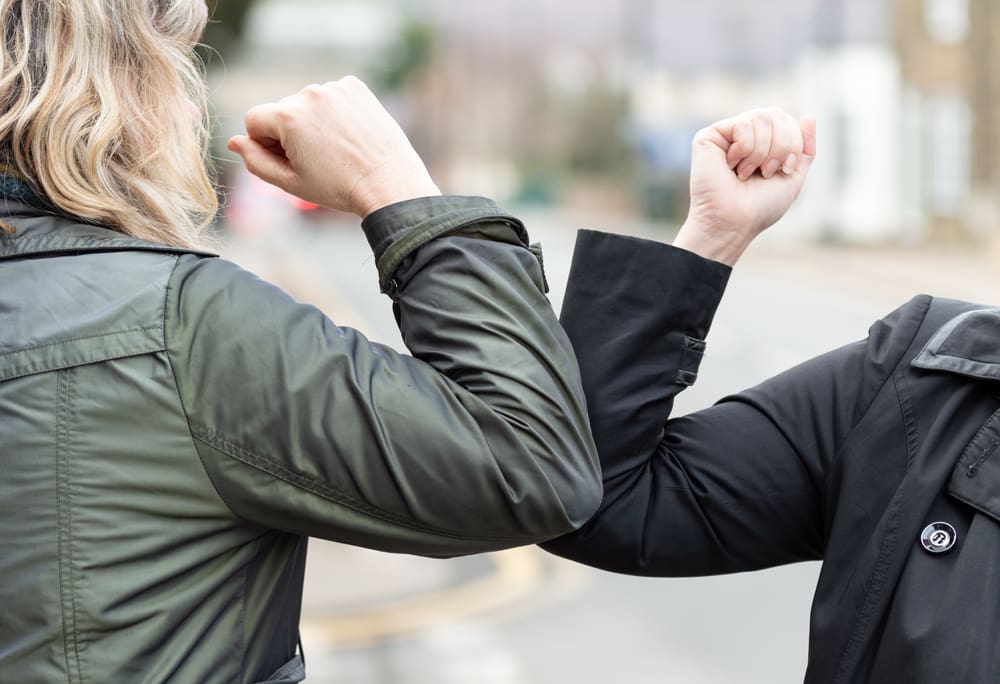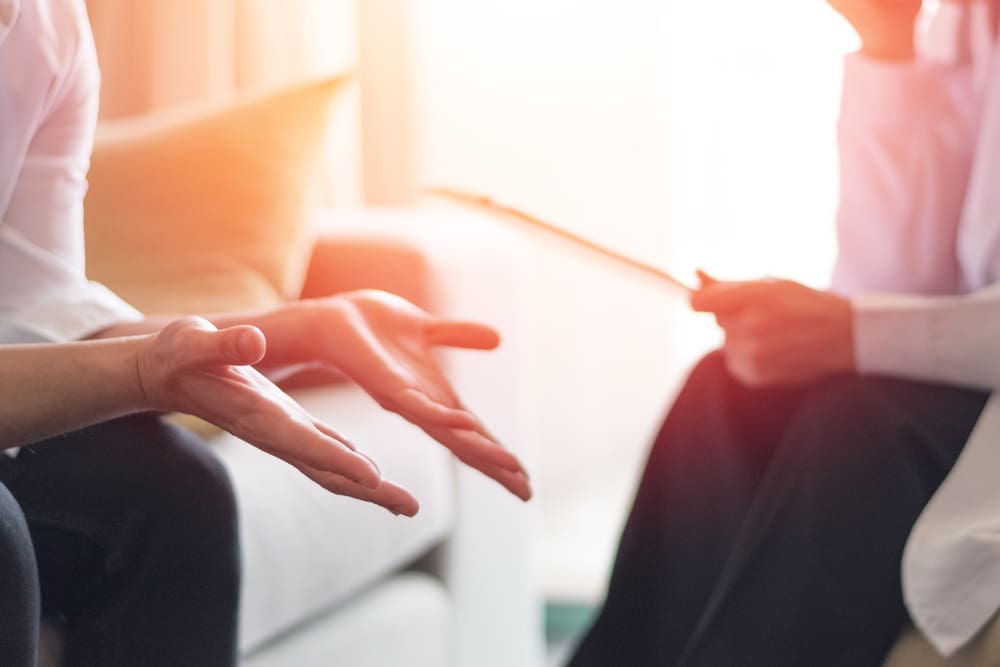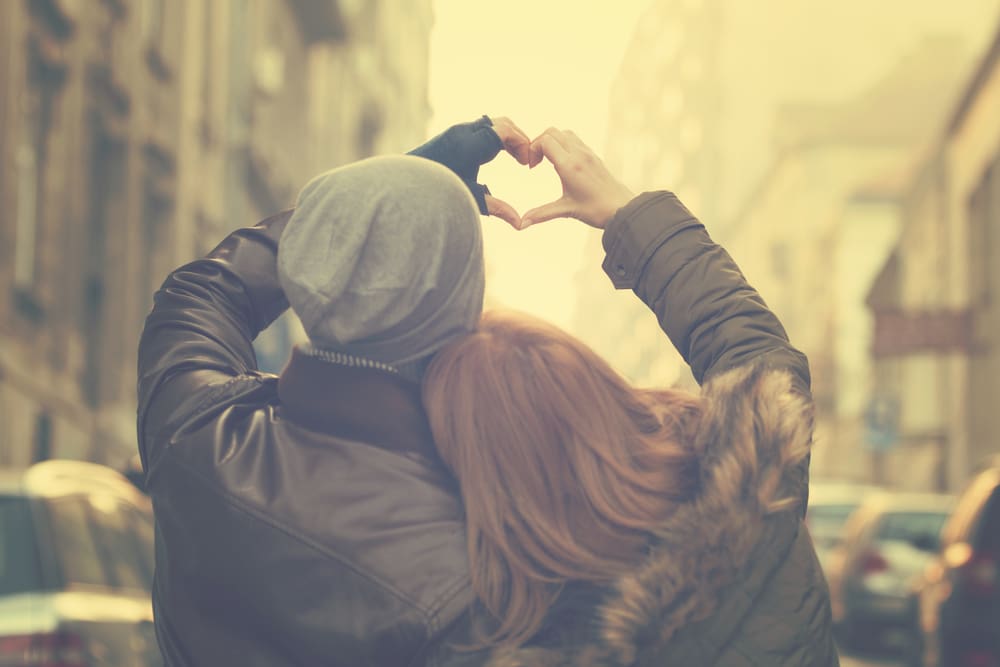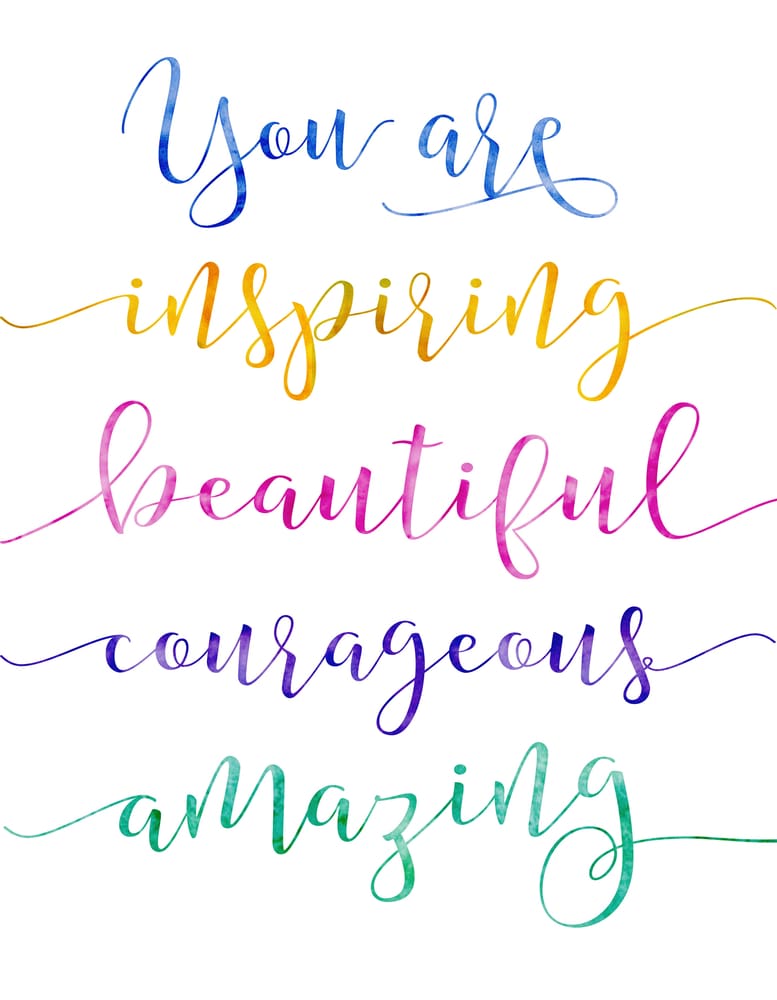
Dear Therapist:
Well, I’m at home most days all day long and the only way I connect with others is through technology. Most people are using Zoom, which I appreciate as I can see tons of my colleagues and friends all at one time. However, during casual Zoom gatherings, everyone is talking at one time or people take turns talking and all eyes are on that person. I know it’s a virtual Happy Hour, but it feels weird. Any advice on how to make casual Zoom gatherings easier for everyone to participate and feel heard?
Sincerely, Zooming Away
Sounds like you are a whole lot like me these days where most of our social connection outside of our immediate family is via technology. Any chance I get, I appreciate hopping on to a Zoom meeting for work or for fun to connect with others today. Recently, I too have noticed that work meetings seem to run smoother than casual meet ups on Zoom.
I think this is because when we are meeting for work or a class, the host has several rules set up that everyone must follow. The host asks the participants to “mute” themselves to clear out background noise, as well as use the “raise hand” feature when you have something to say so that people can take turns participating.
However, when you are thinking about a casual Zoom happy hour or other type of meetup, the last thing you want to do is employ rules. Yet, we may need to in order to connect in the best way possible. Sticking with the “mute” button is a good thing to use whether business or personal – the background noise cut out really helps.
Regarding people talking over one another is difficult, but perhaps you should ease up. Think about meeting up people at a crowded bar. It is loud, people are all talking at once, and it is difficult to keep up. However, I think this is something we are all missing right now, i.e. a crowd of people chatting together. Only thing is given the medium, people want to hear what people are saying. In the bar, what often happens is small groups of conversation begin to form and while everyone is together different conversations are happening at the same time. This is almost impossible on a Zoom meeting.
Which then leads to the awkwardness you are experiencing. One person is speaking, everyone listens and is focused on that one person, and then everyone chimes in one at a time about what the person has said. It definitely puts that person in the “hot seat” of attention and also nothing else can be spoken about because the attention is going to only one person. And then how to move on, especially if the person has shared something really difficult?
Ah! What to do? I don’t think there is much that can be done. This medium is odd for casual gatherings. Accepting this and moving into what it does offer, i.e. a big group of people we can see at once in a time when we hardly see anyone may be worth the difficulty of easy flow connection.
Be forgiving, find energy from the field of people who have come together, and don’t take any of it too seriously. The point is to connect. Let the rest go!









